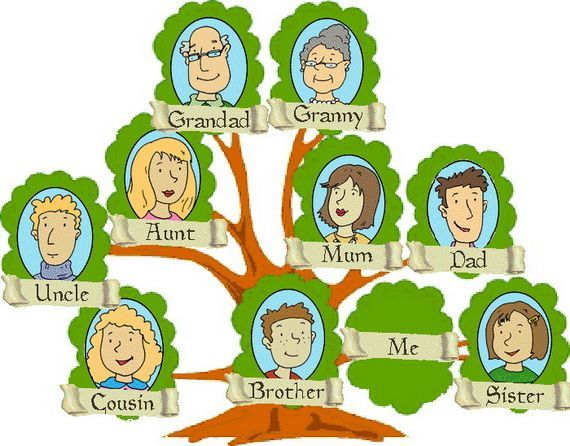Next of Kin

In a normal family tree, which pair of relatives can never share the same mitochondrial DNA?
This section requires Javascript.
You are seeing this because something didn't load right. We suggest you, (a) try
refreshing the page, (b) enabling javascript if it is disabled on your browser and,
finally, (c)
loading the
non-javascript version of this page
. We're sorry about the hassle.
Mitochondrion is an organelle in the cell, which functions in energy synthesis. This bacteria-like structure has got its own DNA, genomic material, and can reproduce though mitosis within the cell itself. It is believed that the ancient eukaryotic cells engulfed the mitochondria a very long time ago and co-evolved for symbiosis till the present day.
The mitochondrial DNA, however, can only be passed on through the maternal lineage because only the egg cell in the female body contains such DNA within the cell while the sperms from the male genital tract store the mitochondrial DNA in their tails and will soon lose it during fertilization. On the other hand, the nuclear DNA coding for the main cells in humans from the paternal side can enter the egg cell and will complement with the other maternal half to make up the new fetal DNA.
As a result, only the mother can pass on the mitochondrial DNA to her offsprings, and this genome will also be found in the maternal side of kins, namely the maternal grandmother, maternal great-grandmother, etc. Moreover, if the aunts or uncles are from the mother's side (they are mother's siblings), then they will have the same mitochondrial DNA as their nephews or nieces. Also, a brother and sister borned from the same mother will inherit the same mitochondrial DNA as well.
Finally, a father can not give his children the mitochondrial DNA, so they will have different mitochondrial DNA.
Mitochondrial DNA can be useful in forensics when the nuclear DNA become scarce or degraded, and such sample may even be obtained from the saliva, which sometimes may not contain enough cells for analysis. However, since the mitochondrial DNA can only be shared along the maternal bloodline, it lacks specificity, meaning the victim's mitochondrial DNA matching could mean they may be mother, uncle, aunt, sibling, or any other kin from the maternal side. Therefore, further evidence is usually needed to confirm the person's identity.